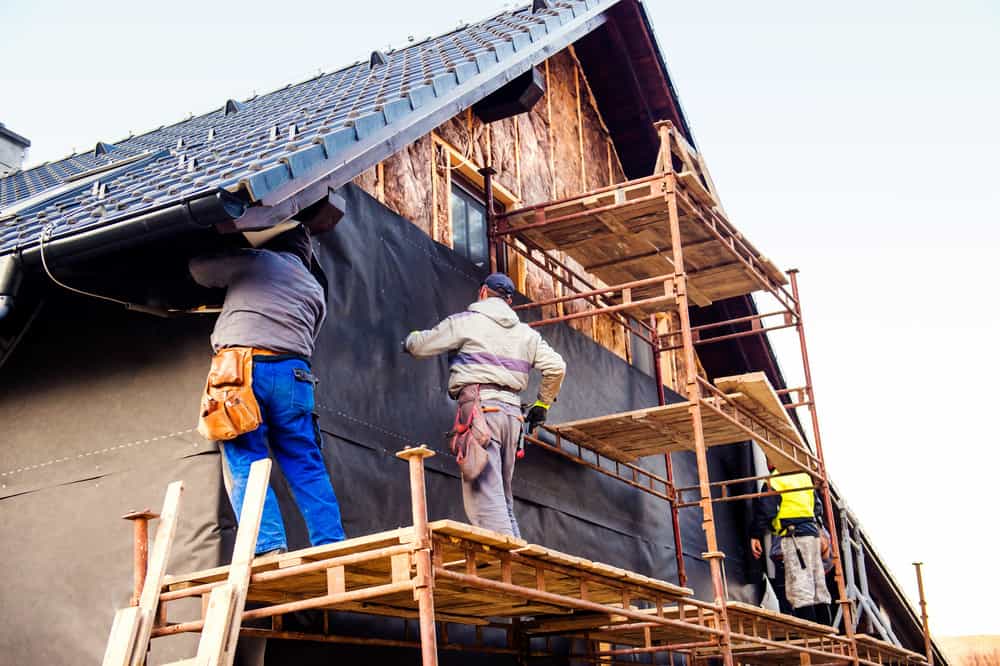For a homeowner, home improvement presents a great opportunity to get the ideal house. That’s why it’s important to think about the projects that you work on at any time, prioritizing those that promise to give the best return on investment. The top among those that can do this are those that improve energy efficiency in your home. Here’s how you can go about remodeling with energy efficiency in mind.
Follow the Building Codes in Your Area
While planning your home improvement projects, make sure to work with someone who knows the building codes that apply to your area. You also need to be informed about them so that you can follow them if you decide to tackle a project or two yourself as a DIY. This is important to do because building codes are put in place to ensure that the buildings in the area are safe and habitable. They can also do a lot to ensure that your home is eco-friendly and energy-efficient as well, which will benefit you significantly. On this note, keep in mind that Florida has some of the nation’s toughest building codes.
Repair or Replace Appliances as Necessary
During your home improvements, remember to check any appliances that may be affected by the project you work on. Take this opportunity to ensure that any old or damaged appliances are repaired or replaced. If you have to make replacements, shop around to find appliances that offer the most energy efficiency. You’ll benefit in a number of ways as a result of doing this, both in terms of efficiency and aesthetic appeal. You can take it a step further and hire contractors who use energy-efficient measures and equipment, including stone-crushing equipment which had a market value of $5.55 billion in 2021 globally.
Look Into Weatherization
When working with a contractor, remember to ask them about weatherization for your home. Incorporating it into your projects can help you safeguard your home from the effects of harsh weather and improve energy efficiency as a result. Weatherization measures can be applied to flooring, ceilings, and exterior walls, which are all exposed to the elements to a considerable degree.
Some of the measures that can be applied in these cases include choosing particular materials and using specific construction techniques that will yield the best results. You may benefit from working with a professional who knows information such as that a building must meet a number of requirements in order to get a Leadership in Energy and Environmental Design or LEED Certification. These include low-admitting composite materials, paints, and adhesives.
Invest in Quality Insulation
Insulation is another detail that you need to consider carefully in order to make sure that your home is energy-efficient. With good insulation, you’ll need less energy to keep your house cool in the summer and warm in the winter and spend less money over time. Inspect the house thoroughly to check for gaps and cracks that may leak air and that can inflate your energy bills and prioritize fixing them. By making this upgrade, you can benefit a lot because modern insulation materials are eco-friendly and more effective. This is an improvement that you can either make to the whole house or the roof to begin with, which will have an impact because hot air rises.
By keeping these tips in mind, you can improve your home’s energy efficiency significantly with each home improvement project that you do. As a result, you’ll be able to recoup a good amount of the money that you put into home renovations. You and you’re family will end up living in a home that’s more valuable and comfortable.



